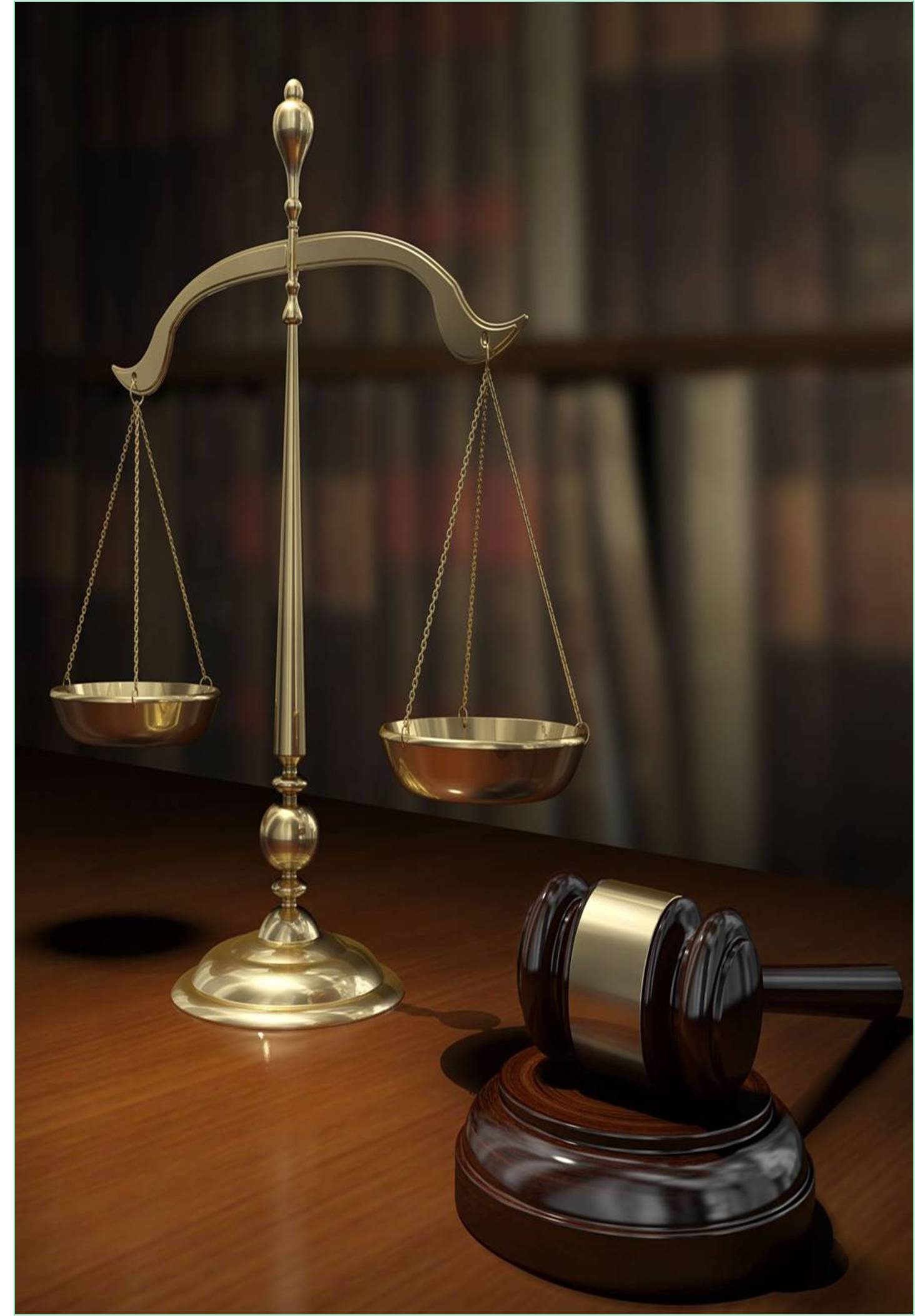



Received: 01-Nov-2022, Manuscript No. IJLCR-23-87080; Editor assigned: 04-Nov-2022, Pre QC No. IJLCR-23-87080 (PQ); Reviewed: 18-Nov-2022, QC No. IJLCR-23-87080; Revised: 25-Nov-2022, Manuscript No. IJLCR-23-87080 (R); Published: 02-Dec-2022, DOI: 10.15651/2408-5512.22.10.058
Cognitive biases are systematic thought processes caused by the human brain's tendency to simplify information processing through filters of personal experience and preferences. The filtering process is a coping mechanism that allows the brain to prioritize and process large amounts of information quickly. While this mechanism is effective, its limitations can lead to misunderstandings.
This is because we use complex cognitive machinery to analyze information and process each of our life experiences. And just like everyone else on this planet, we have developed some subtle cognitive biases throughout our life. These biases influence what information we pay attention to, what we remember about past decisions, and what sources we trust when considering options.
Cognitive biases are thinking errors that cause us to misinterpret information from the world around us and reach inaccurate conclusions. As we are bombarded with information from millions of sources throughout the day, the brain develops a ranking system to determine which information is worthy of attention and which is important enough to remember. It also creates shortcuts intended to reduce the time it takes to process information. The problem is that abbreviations and ranking systems are not always completely objective. Because their architecture is uniquely tailored to our life experience. People seem to have some individual variation in their susceptibility to decision biases such as overconfidence, temporal discounting, and bias blind spots. However, the stable level of bias for these individuals is likely to change. There was a moderate to significant reduction in susceptibility to six cognitive biases, both immediately and up to 3 months later, when participants in the experiment watched training him videos and played debasing games. Anchoring, bias blind spot, confirmation bias, basic attribution error, projection bias, representativeness.
Individual differences in cognitive biases are also associated with different cognitive abilities and functions. Cognitive Reflex Testing (CRT) was used to understand the relationship between cognitive biases and cognitive performance. The results of using cognitive reflex tests to understand ability were inconclusive. However, there seems to be a correlation. People who score higher on cognitive reflex tests have higher cognitive and rational thinking abilities. This helps predict performance in cognitive biases and heuristic tests. People with higher CRT scores tend to be more accurate on various heuristic and cognitive bias tests and tasks.
Age is another individual difference that affects ability to be susceptible to cognitive biases. Older people tend to be more prone to cognitive biases and less cognitive flexibility. However, older adults were able to reduce their susceptibility to cognitive biases during on-going research. These experiments required both young and old people to complete a frame task. Young adults were more cognitively flexible than older adults. Cognitive flexibility is associated with overcoming pre-existing biases.